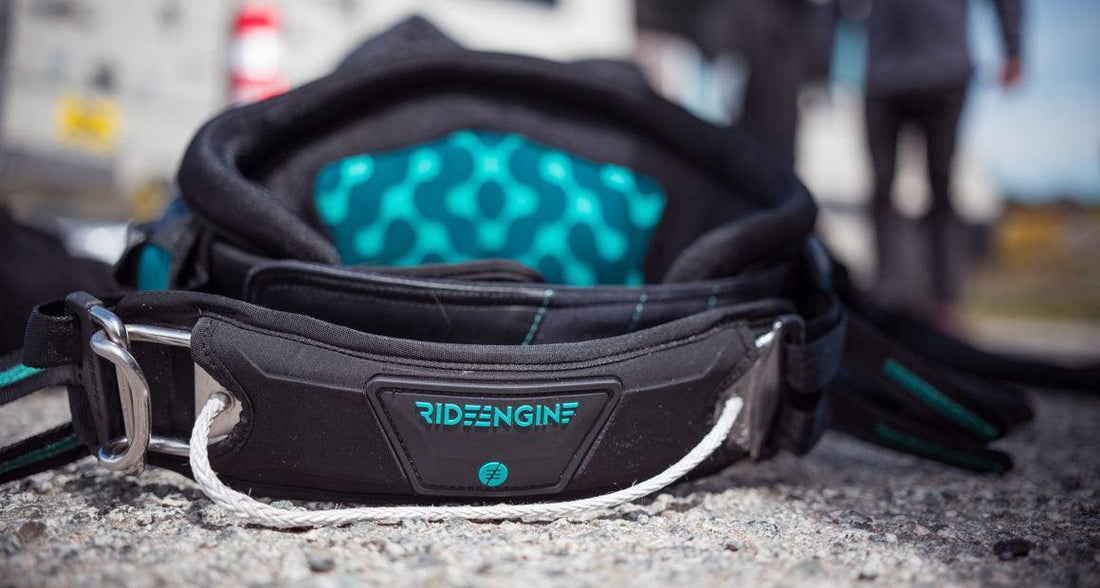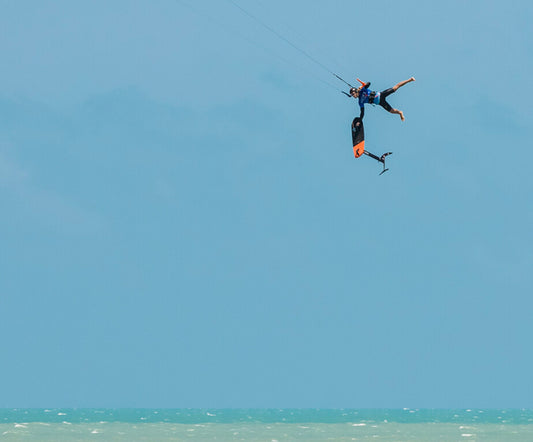Fixed Hook or Sliding Rope – Which spreader bar is right for you?

Choosing what type of spreader bar to use can be a factor in how you ride.
A fixed hook is the traditional spreader bar setup and is what most riders opt for, however, for certain types of riders there are distinct advantages to using a rope slider spreader bar.

Fixed Hook:

Gives you a solid, direct connection to the harness that translates to a direct feel to the kite.
• Able to apply leverage against the kite that can help keep control in shaky landings of jumps.
• Can quickly unhook for unhooked tricks.
• Durable metal construction that,with proper care,will last a lifetime.
Best Suited For:
• Big Air riders.
• Freeriders wanting the most direct feel from the kite• Hydrofoil riders that want to have the ability to leverage against the hook.
• Beginner riders.
Challenges:
• Can be hard to efficiently ride toeside since the Fixed Hook limits the chicken loop’s ability to slide withthe kite across your body.
• There is a possibility that you can come unhooked when you don’t want to.

Slider Rope:

Completely free motion of the chicken loop makes riding toeside and upwind body dragging much more efficient.
• Board direction changes are easier in surf due to the chicken loop’s ability to move across the body.
• When combined with a smaller chicken loop,the throw of the bar is much closer, which is great for:
A) Kitesurfers wanting to achieve more depower on the sheeting out.
B) Short-armed riders who want to be able to easily reach above-the-bar trim systems.
Best Suited For:
• Kitesurfers wanting the closest-to-surfing feel
• Freeride hydrofoilers.
• Riders using a directional board.
• Freeriders that love to ride toeside.
Challenges:
• The kite feels looser and not as connected to the rider.
• Challenging to use when self-launching and self-landing off a fixed point.
• The rope will wear out with time/use.





